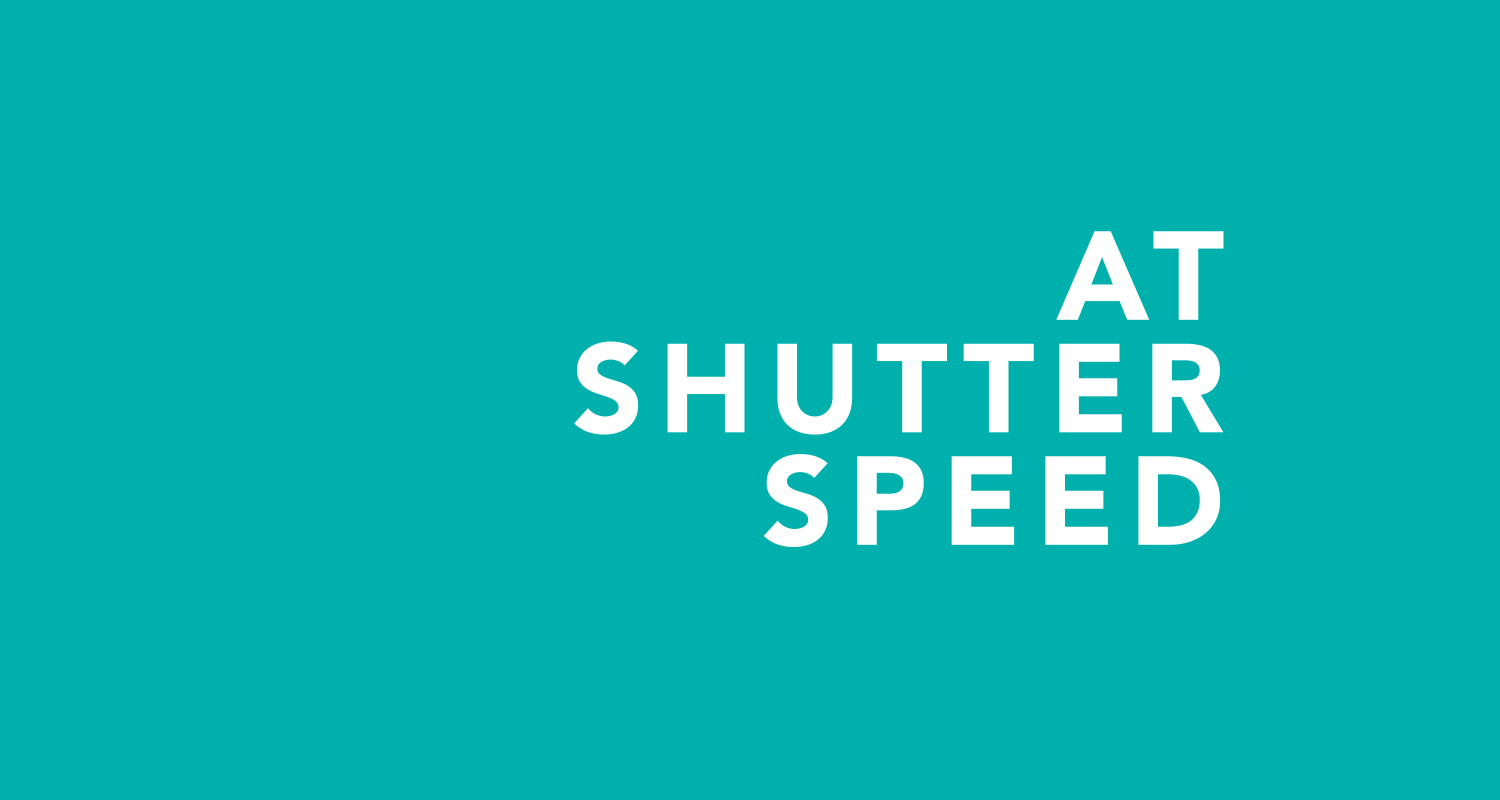Two weekends ago I had the privilege to spend the day with a small group of editors and Ricardo Acosta.
Ricardo Acosta was born in Cuba and moved to Canada to pursue his passions for storytelling and art.
"I was born into an ideology and punished by an ideology" - Ricardo
He is one of the few who are born with the gift of storytelling. He shared detailed philosophies with us and screened his feature length documentary, Marmato.
"Every story at the beginning is a beautiful Pandora's Box" - Ricardo
The biggest lesson he said all editors need to understand is the power of an event. Looking at the macro details, and figuring out how to deal with that event in context. Further, then understanding how the events affect the bigger picture.
Marmato is a great example of a team that is both creatively and technically strong. Mark Grieco, the DOP, is passionate, patient, and dedicated to immersing himself in the culture of the people he is capturing in order to do justice to the story. Mark took time to understand the rituals of the people before he turned the camera on.
In one instance, Ricardo stated that Mark stood for 10 hours straight capturing a meeting with the miners and corporate company taking over the mountain. This made Ricardo's life as an editor much easier because the footage contained a certain richness.
EDITING
Editing is invisible. The audience does not understand how a movie is affecting them, but they feel something emotionally. The emotion conveyed from the edit moves them through the story. The technique behind creating this effect comes with patience. Ricardo recalled one time when his friend visited and took a look at the timeline: "This is neurotic, where are the shots?" Ricardo laughed and did a sweeping motion with his hand: "here!"
After consulting with the director on story, it is time to determine characters and imagery to support transitions. When you are creating character profiles in documentary editing, it is important to treat each person with respect.
"I am not a judge, I am a facilitator" - Ricardo
This type of editing creates a full story, untampered with strong opinion and empowers the viewer to make choices about the situation.
Editing is about finding poetry. Ricardo used a lot of imagery as transitions in Marmato to convey mood and prepare the viewer for the next chain of events. The figure of Jesus in the clouds stands in stark contrast to the vultures on a tin roof spraying out their wings. This, he calls, is the power of identifying metaphor. Assign images a role and keep this consistent throughout. Remember the goal is to keep the seems invisible.
Have fun with the footage, enhance it if it supports the story: "I'm not against anything if it feels right!" - Ricardo. The power of impressionistic montage to deliver emotion is one technique Ricardo uses.
"create embroidery in between scene" - Ricardo
Some story issues can only be embraced by text. Others, music. Sound mixing is the last ritual of editing.
"Sound is what is happening outside the frame. That is its three dimensional quality. I have to feel how a story sounds." - Ricardo
The class finished with some final powerful words. Ricardo insisted that everything is drama, everything is life! You have to build something from the inside out. Never dilute the power of your tools!
A truly wonderful and gifted individual. Ricardo is a philosopher, a mover of emotions and words, a storyteller, and a editor to look to. Thank you CCE for allowing us to take this seminar.
- Jenn

